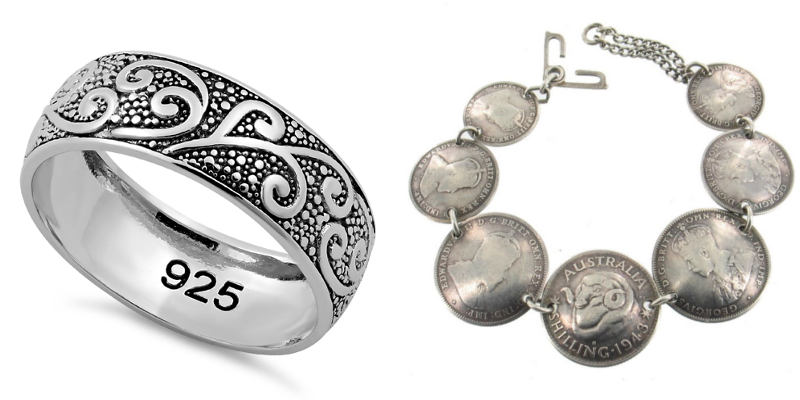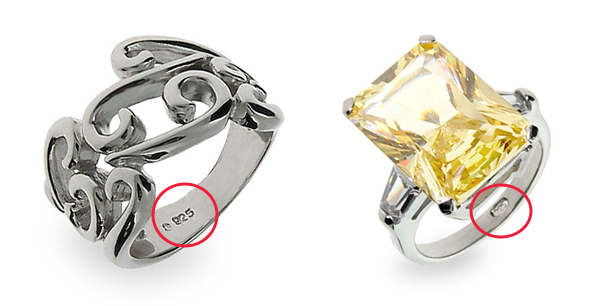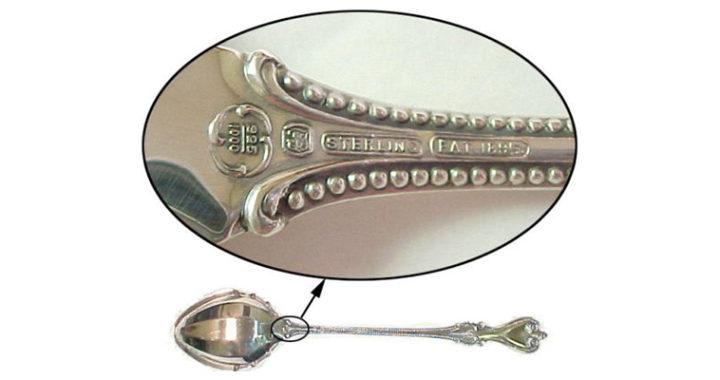If you’ve seen something marked as sterling silver, you may assume that it’s no different from regular silver. However, that’s not the case. These two terms may sometimes be used interchangeably, but they’re not truly equivalent.
Sterling Silver Vs Silver
There is a difference between sterling silver and standard silver, and if you’re buying a lot of different silver jewelry, you should know exactly what it is you’re purchasing.

Antique Silver Vs Sterling Silver
What is Pure or Fine Silver & How Pure is Sterling Silver
If you’re purchasing something that is advertised as pure silver, that means it has 99.9% silver in it. It’s as pure as you can get there’s no such thing as 100% silver with no impurities. Fine silver is not used in jewelry because it’s simply too soft. The items would be too malleable by hand. That’s why the silver jewelry and other items you purchase will be made from a mixture of silver and another metal (or several metals).
Know What is Sterling Silver?
Sterling silver, on the other hand, is a silver alloy. It’s made when pure silver is mixed with copper. The result is an alloy that is not as soft as pure copper and is much more durable. Sterling silver is generally 92.5% pure. That means only 7.5% of the mixture is another metal. While copper is the most common, zinc and nickel are also often used in making sterling silver.

In many cases, items that are made out of sterling silver are actually coated with pure silver. This thin layer improves the look of the piece by making it shinier. However, these products should never be labeled as pure silver because they aren’t.
You should also look for the term “sterling silver plated” on products. These products are not made of sterling silver. Instead, they’re made out of other metals such as copper or nickel. They’ve just had an outer layer of sterling silver applied to them. Over time, this layer is going to start wearing off, leaving the item looking much less attractive.
What is Coin Silver?
If you’re researching sterling silver vs. pure silver, you may also see the term “coin silver” come up. This is another type of silver alloy. However, it’s less pure. Coin silver is generally no more than 90 percent pure silver, so it’s not used in jewelry that often.
How Do You Tell the Difference?
Reputable silver makers should always stamp their creations. On fine silver pieces, you’ll find a number that shows the amount of silver per hundred parts (or thousands, in some cases). The higher the number, the more silver is in the product. Pure silver should have a high number such as 999 (some items are marked as 99.9 or as .999, but these are all indicative of pure silver). On sterling silver, you should see 925 (or, again, 9.25 or .925). If the number is any lower than that, it shouldn’t be marked as sterling silver in the U.S.
Note that sterling silver sold in other countries may have a purity lower than 925. Not all countries have the same purity requirements that the U.S. has.







